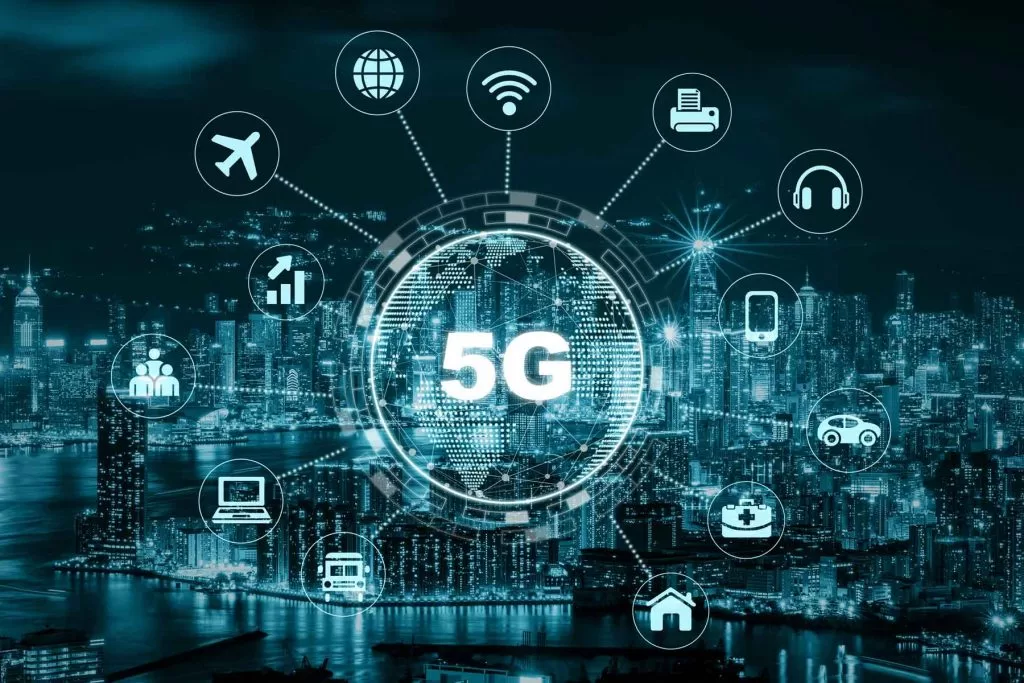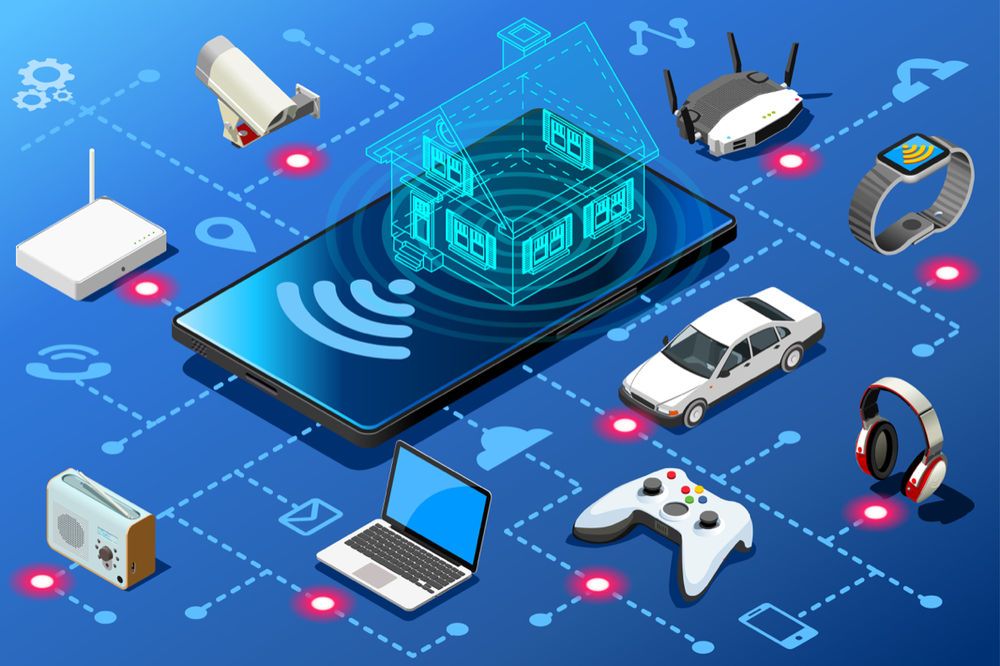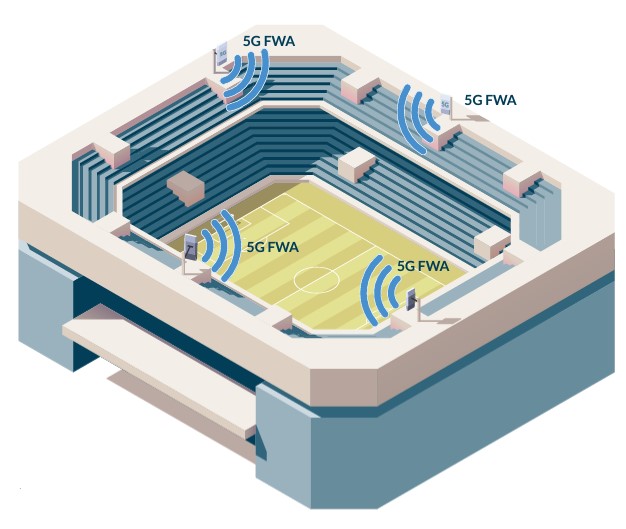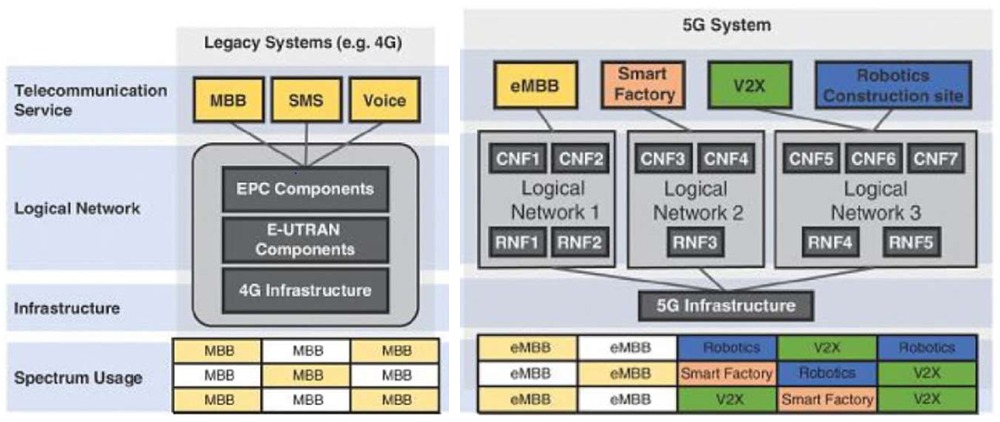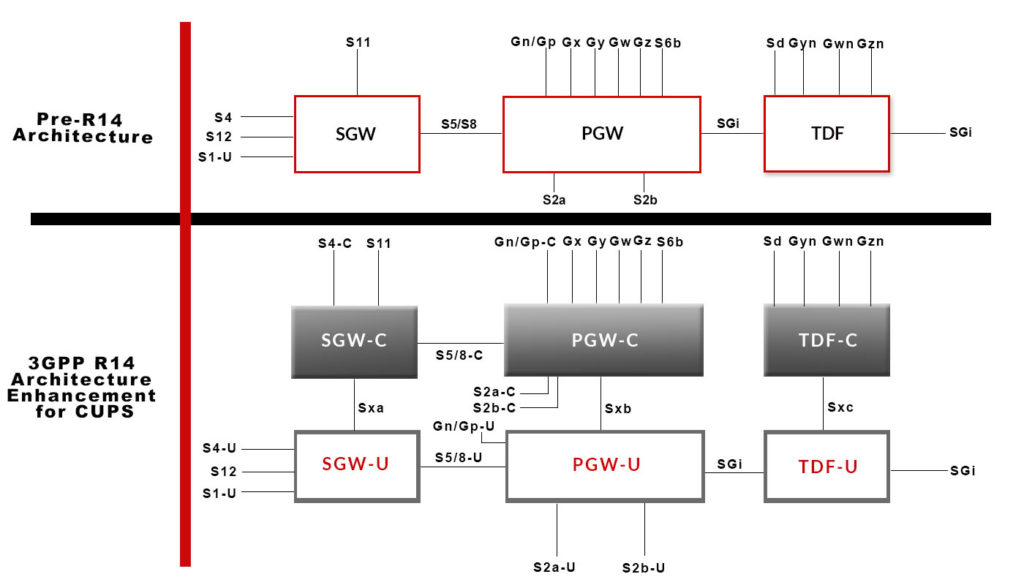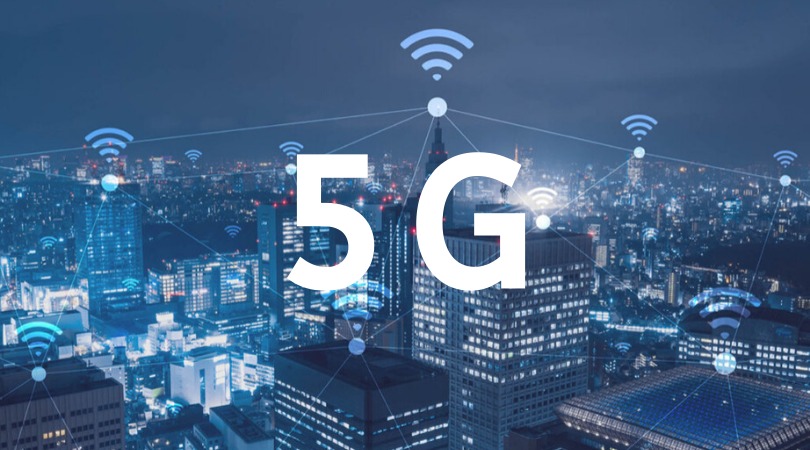Telecommunications in the last several decades have definitely not only changed the way we communicate, but they have also transformed our lives and altered our perception of society. It has been a steadily increasing process from 2G GSM, the first digital generation system for mobile communications, up to the introduction of 5G technology. The most significant changes in the last decades are the need for continuous bandwidth and capacity improvement through better spectral efficiency and more available spectrum. Following the all IP transformation path, a shift from a circuit-switched network to packet-switched networks provided the extra flexibility and adaptability to support the exchange of data and new advanced services.
GSM was the first digital mobile network. It was voice-centric, TDMA based with an ISDN orientation. GSM had 16 kbit/s channels with spectral efficiency of 0.17 bits/s/Hz. GPRS (General Packet Radio Service), also known as 2.5G, was the first packet-switched mobile network using 64 kbit/s channels for extra bandwidth and offered capacity. 3G-UMTS (Universal Mobile Telecommunications System) was later introduced with supported speeds from 384 kbit/s up to 2 Mbit/s, and a 1 bit/s/Hz spectral efficiency.
UMTS was a WCDMA-based mixed circuit/packet-switched network and was the first network where internet access, data exchange, and video/audio streaming via mobile devices became widely available. High-Speed Packet Access (HSPA), also known as 3.5G, was an improved packet data network architecture, with higher bitrates of up to 14 Mbit/s and enhanced spectral efficiency of 8 b/s/Hz. HSPA used WCDMA technology with a focus on internet access.
The first packet data only network was introduced with the 4th generation of mobile technology. 4G/LTE (Long Term Evolution) was an OFDMA based system (Orthogonal frequency-division multiple access) with a high spectral efficiency of 16 b/s/Hz, which resulted in initial speeds of 100 Mbit/s. LTE delivered mainstream broadband data services such as high-quality online video streaming and was the technology that introduced VoIP (voice over IP) services. LTE Advanced, also known as 4.5G, was an enhanced 4G system with higher spectral efficiency of 30 b/s/Hz that delivered speeds of 1 Gbit/s. While 4G was the first technology to achieve gigabit speeds, 5G aims to deliver multi-gigabit speeds everywhere. 5G is the latest generation technology with an even higher spectral efficiency of 35b/s/Hz and the use of larger bandwidths and spectrum in new higher frequency ranges.
Core Network Evolution
The Core Network has evolved over the years in many areas such as Traffic-control and Routing (CP/UP), Subscriber Data (and corresponding SIM data), and Services and Enablers. Besides the apparent need for transition from circuit to packet-switching, the evolution includes the disintegration of voice and SMS from the switches and intelligent networks of the initial CN. There have been several attempts over the years to integrate fixed and WLAN traffic into the mobile systems and create an enabling environment for 3rd parties such as IN/Parlay, IMS, OMA, SCEF, etc. All these had little market success up to now, with a unique global standard as a prerequisite not been created yet. Several attempts have also been made to provide broadcast services, with only a few successful use cases where content is consumed by all parties camping on a cell. An ongoing discussion for decoupling of data/state and logic, which is still ongoing, with the emerging appearance of a CN-independent voice and instant messaging by OTT players.
Core Network evolution per technology
2G/GSM was the very first digital mobile network after the analog era. 2G used the Home Location Register (HLR) as the central subscription repository. The SIM that holds the data corresponding to keys was stored in the Authentication Center. Visited Location Register was used as a decentral cache while the Equipment Identity Register prevented non-conforming terminal access. Roaming and SIMs were introduced and there was a subsequent shift from circuit-switched networks to packet-switched networks, in a stepwise migration between 2.5G and 4G. As far as services are concerned, 2G had a limited SMS service due to 160 unused bytes in the radio channel. Initial broadcast-service (CBC, later MBMS) and initial location-based service, with a shift of service logic into IN/CAMEL servers, were also present. 2G technology was the basis for prepaid and telephony-VPN services.
In 3G/UMTS technology, a displacement of integrated voice services into IMS/SIP-based systems was introduced. The attempt was to create an IP service environment under operator control and use the IMS as a multimedia enabling platform. PCRF (later PCF) was necessary to steer the QoS accordingly, with the initial attempt to separate the Control Plane and the User Plane. This separation started first in CS and later in the PS domain to allow the independent handling and scaling of CP and UP traffic. UMTS was also the first of several attempts to integrate fixed and WLAN services. The IMS introduced additional subscription data, with the ISIM holding the corresponding data. In practice, the USIM and ISIM merged.
4G technology was the first to introduce a Packet-Switched only network. The UDR was used to establish a unified register, storing all subscription and user data, and decoupling the DB from application frontends. A programmable eSIM was introduced (motivated by IoT devices) with multiple profiles. Profile change was possible via the OTA/SAT mechanisms introduced. A new set of overlay platforms were now available, supporting upcoming use cases such as Proximity Services, Vehicle-Services, Machine Type Services. The idea was to enable the use of unified interfaces towards the application platform.
5G introduced the idea of a service-based architecture with the addition of network slicing to support and discriminate services with different characteristics in latency, speed, and connectivity. With 5G, it is possible to centrally store permanent and additional unstructured user-state data. Any new service function can be added to extend the CN capabilities, in analogy to web-based services.
Radio Network Evolution
The Radio network evolution was based on improving the overall radio performance to satisfy customer demand for more bandwidth and better latency. This becomes possible by making the best use of a given resource, such as increasing the spectrum efficiency and adapting the channel structure (physical and logical) to the different types of traffic.
The Radio development focus has always been on the performance gains (spectral efficiency, capacity, higher bitrates, etc.) through changes in the access schemes, modulation/coding, and interference cancellation. Multi-access schemes brought changes from 2G to 5G technology, from TDMA to W-CDMA to OFDMA (and a combination thereof), and finally extended by spatial multiplex techniques such as MIMO.
Moving to 3G and 4G RAN, centralization/decentralization began to take place. This depended on the degree of autonomy of the Tx/Rx node and the need to coordinate multiple nodes. In 4G and LTE, advanced alternative access types from other ecosystems appeared. These were based on non-3GPP technologies such as IEEE WLAN, IoT Sigfox, stimulating their integration.
In 5G, there is a target for continuous use of more spectrum bands and combinations via carrier aggregation to satisfy the emerging capacity and bitrate demands. Both FDD and TDD schemes are now in use, with dynamic spectrum sharing, and the flexibility to share spectrum dynamically upon multiple network technologies. Further advances in interference cancellation techniques is now possible through COMP and the joint processing of different signals.
With LTE, the spectrum efficiency reached 90% of the Shannon-Hartley-limit. MIMO technique is, therefore, necessary to go beyond this limit by using different channels in parallel, interference-free. Further increase in capacity and bandwidth is only possible via the introduction of a small-cell environment. The joint processing of antenna signals at different sites (macro-diversity, coordinated multipoint) is necessary to further improve interference cancellation. The adaptability to various traffic types is critical for the evolution of the air interface to support various service requirements, from NB-IoT to URLLC requirements.


